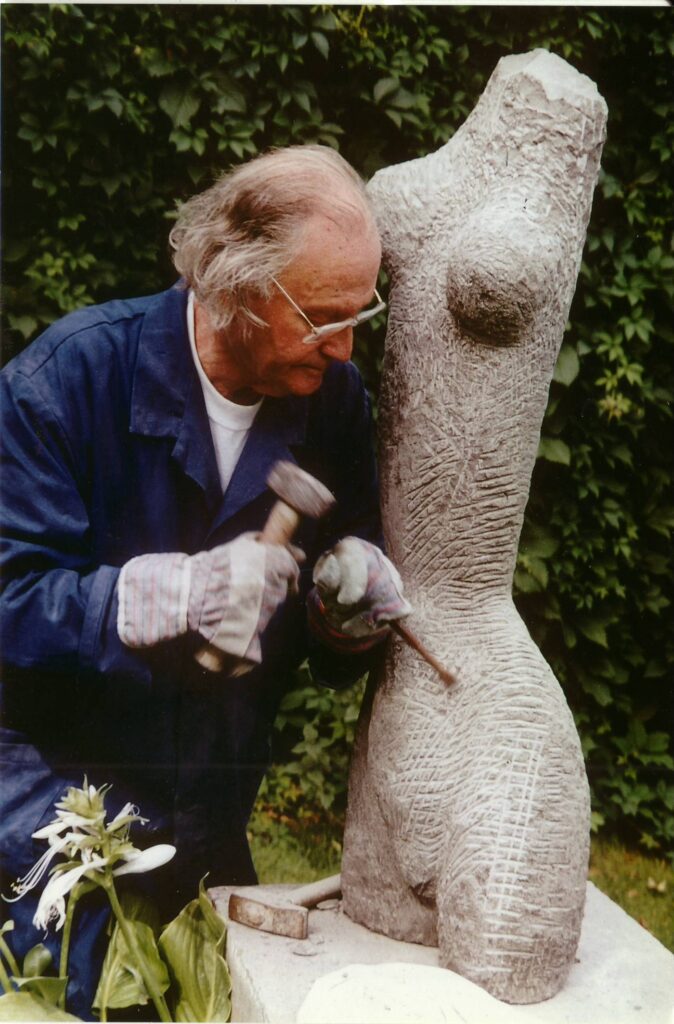When it comes to counseling clients, one of the first things I do is to try and understand the client’s business in terms of their
Many online sources commingle the concepts of business model and economic model. They are in fact very different. Simply put, a business model is customer-focused and is the value proposition your company offers to its customers. In contrast, an economic model is owner-focused and is based on a companies revenue drivers, volume, margin, and use of operating leverage.
That said what I have found is that most businesses can be categorized into one of 11 different types of business models.
1. Individualized Solutions
The individualized solutions business model applies to most service businesses where there is a “one size fits one type of solution” approach. A company has to meet with their customers to assess their needs and design a specific solution for that one customer. In individualized solutions, the customer is part of the definition process and approves the final solution.
2. Multi-Component
The multi-component business model applies mostly to product companies that customize the core product for multiple markets. For example, Pepsi Cola has a core cola product. It is sold to business, such as restaurants, and also directly to consumers. With respect to restaurants, you can find Pepsi in fine eateries as well as in fast-food restaurants. With respect to consumers, rich people
3. Market Leader
The market leader business model applies to companies such as Microsoft or Amazon that virtually try to own a market segment.
4. Valuable Component
The valuable component business model applies to companies that produce products that are not purchased by consumers but are sold to other businesses to incorporate into their products. An example is Intel, which produces computer processors that are incorporated into someone else’s design.
5. Monopolistic
The monopolistic business model applies to companies that seek to control the supply of what they sell to control prices. De Beers, the diamond company, is an example of a monopolistic business because they attempt to control the supply of diamonds. Standard Oil is another example because they tried to control the entire supply chain of oil.
6. Propitiatory Supplies
The propitiatory supplies business model applies to business that rely primarily on ongoing sales of a proprietary component after the initial sale. Keurig is an example since it sells its coffee maker at cost, but consumers are forced to buy its proprietary k-cups to keep using it.
7. Freemium
The freemium business model applies to businesses that offer a fully functioning, free version that appeals to the masses to achieve wide acceptance of what they sell, but offers an upgrade path for the power user who is willing to subsidize the cost of the free version for additional features. A good example of a freemium product is Keeper Password Manager. Keeper Password Manager is where you can keep all your passwords in a secure application for easy reference for free. However, if you want to get access to the passwords from another device or wish to backup the database file to their cloud for safekeeping, you have to buy the paid version.
8. Eyeballs
The eyeballs business model applies to companies that provide a product or service usually for free, but then sells access to their audience. Facebook is a prime example of an eyeball company since it provides value to its audience for free, but sells ads to other companies that want access Facebook’s audience.
9. Virtual Goods
The virtual goods business model applies to companies that do not sell physical goods or services that involve labor after the sale. Examples of virtual goods companies include SimplyAnalyics or Data Axle because they sell access to their digital content.
10. Craftsman
The craftsman
11. Handmade
The handmade business model shares the labor-intensive attribute of the craftsman, but generally is applied to low-cost products.
Often a client is focused on one type of business model, but by looking at some of the
What business model best describes your business? Can you apply a different business model to your business, so you can carve out a new and unique offering?












